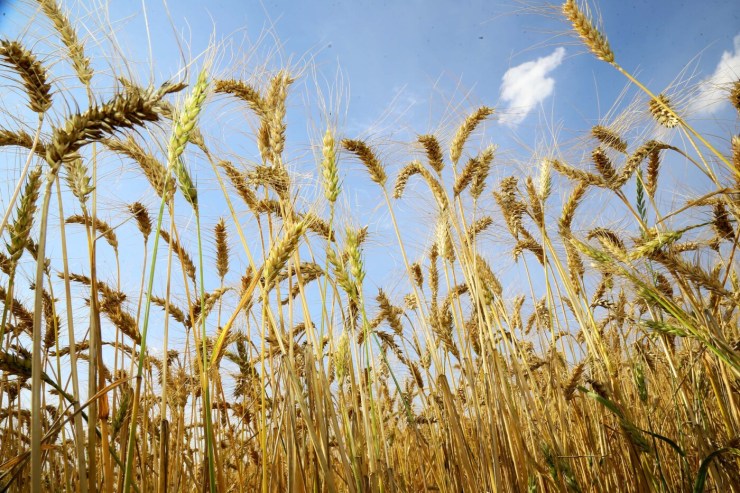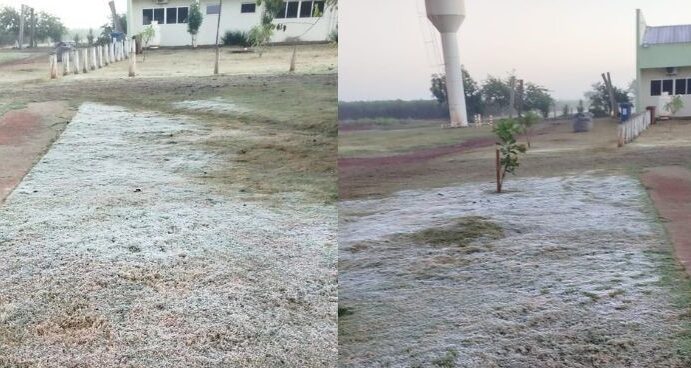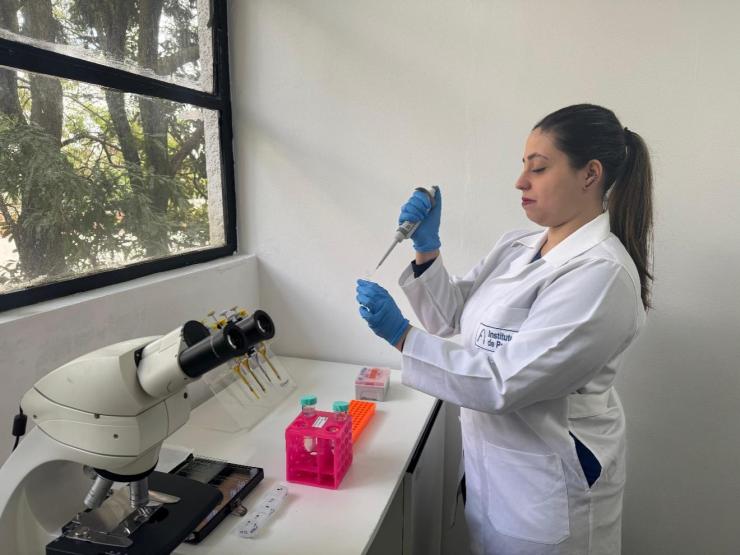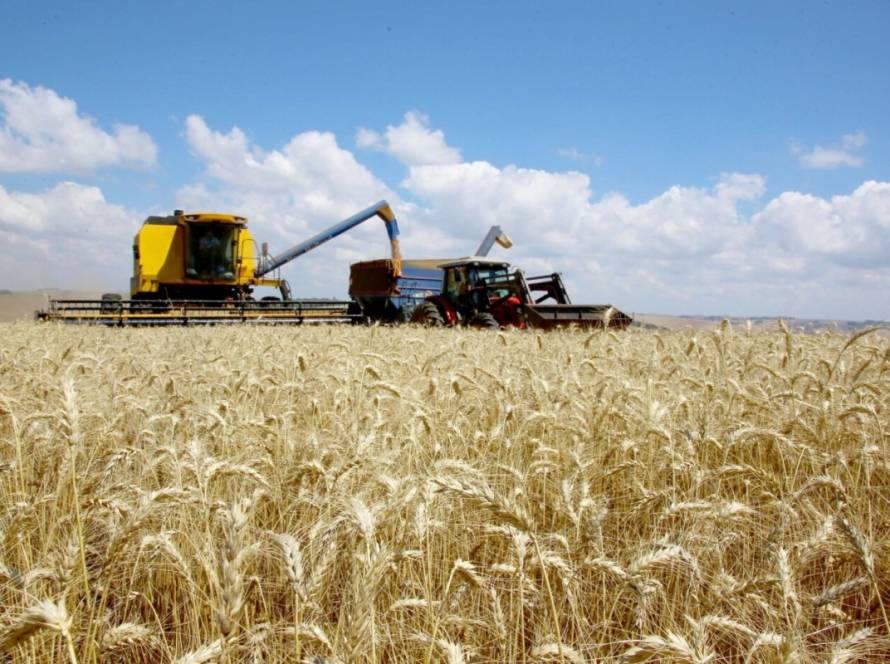President Luiz Inácio Lula da Silva launched, this Monday (30), the 2025/2026 Family Farming Harvest Plan, with R$$ 89 billion for rural credit within the scope of the National Program for Strengthening Family Farming (Pronaf) and other policies such as public purchases, agricultural insurance, technical assistance and minimum price guarantee. The amount is a record for the sector. In 2024, R$$ 76 billion in resources were allocated.

Of the total for the harvest, R$1.5 billion is for Pronaf, which this year celebrates 30 years of recognizing family farming for the country's development. The interest rate of R$3.1 billion is maintained to finance the production of food, such as rice, beans, cassava, fruits, vegetables, eggs and milk – falling to R$2.1 billion when the crop is organic or agroecological.
 In a ceremony at the Planalto Palace, Lula celebrated the expansion of the program over the years and the maintenance of low interest rates. “I saw interest rates of 3%, 2%, I think the highest rate is 5% [in other lines of credit. It is important to note that an interest rate of 5% with an inflation rate of 5% is a zero interest rate. It is important to remember that an interest rate of 3% in a country with an inflation rate of 5% means minus two, it is less than zero interest,” he said. “Our banks are doing something that historically has not been done in this country. That is why the program has gained national density,” he celebrated.
In a ceremony at the Planalto Palace, Lula celebrated the expansion of the program over the years and the maintenance of low interest rates. “I saw interest rates of 3%, 2%, I think the highest rate is 5% [in other lines of credit. It is important to note that an interest rate of 5% with an inflation rate of 5% is a zero interest rate. It is important to remember that an interest rate of 3% in a country with an inflation rate of 5% means minus two, it is less than zero interest,” he said. “Our banks are doing something that historically has not been done in this country. That is why the program has gained national density,” he celebrated.
The president also highlighted the importance of incentives for mechanization in the fields, both for increasing crop productivity and for improving the quality of life of small producers. For Lula, these incentives also stimulate the machinery and equipment manufacturing industry. “When we created the Mais Alimentos Program in 2008, we achieved extraordinary success, because it was the Mais Alimentos Program that helped the automobile industry survive at that time, which was experiencing a crisis, because we managed to sell 80,000 tractors with up to 80 horsepower. And the same thing is happening now,” he stated. “In other words, if we don’t create the conditions, if we don’t encourage entrepreneurs to produce machines according to the size of their land… because a citizen who has 10 hectares can’t buy a machine that’s 50 meters wide. No, he needs a machine the size of his land,” he emphasized.
Credit lines
In this harvest plan for family farmers, credit lines were created to support agroecology, sustainable irrigation, adaptation to climate change, productive backyards, connectivity and accessibility in the countryside. For example, special conditions will be given for microcredit aimed at rural women, with a focus on productive backyards, with a limit of up to R$$ 20 thousand in resources, interest of R$0.5% per year and a bonus for paying in full of R$25% to R$40%. According to the government, the program is one of the demands of the 2023 March of the Daisies.

Photo: Disclosure/OPR Archive
Productive backyards, also known as agroecological or home-based backyards, are integrated systems that combine various agricultural practices, such as vegetable gardens, orchards, raising small animals and the use of medicinal plants. These are spaces around the house, managed by women, that combine productive activity with household routine and family care.
Another highlight is the incentives for mechanization, within the context of the Mais Alimentos Program. The limit for the purchase of smaller machines and equipment was increased from R$$ 50 thousand to R$$ 100 thousand, with the interest rate maintained at 2.5%. For larger machines, up to R$$ 250 thousand, the interest rate is 5%, with a federal government subsidy to encourage more technology in the field, “which impacts greater productivity, quality of life and food”.
Furthermore, of the total resources, within the scope of agricultural insurance, R$1.1 billion were allocated to Garantia-Safra and R$5.7 billion to Proagro Mais. The government also allocated R$3.7 billion to public purchases of family farming products, R$240 million to technical assistance and R$42.2 million to guarantee minimum prices for three socio-biodiversity products: babassu, pirarucu and rubber.
Also on Monday, the government launched the Embryo Transfer Program, an unprecedented initiative to stimulate innovation in the dairy chain and the genetic quality of the herd.
Complementing the resources for the rural sector, this Tuesday (1/7), Lula will announce the 2025/2026 Harvest Plan for agribusiness, with rural credit and programs aimed at medium and large producers in the country.
Reduction of pesticides
During the event, Lula also signed the decree for the National Program for the Reduction of Agrochemicals (Pronara), which is now one of the main strategies of the Brazilian State for the agroecological transition. The objective is to promote “safer, more resilient and healthier” agricultural practices, with integrated actions of scientific research, monitoring of agrochemical residues in food and the environment, strengthening of technical assistance and expanding the use of bioinputs.

Photo: Tomaz Silva
Pronara is structured as an instrument for inducing public policies aimed at progressively reducing dependence on the agricultural model based on synthetic chemical inputs, notably pesticides, and promoting sustainable production systems, with an emphasis on family farming, agroecology and organic production.
The government presented data from the Food and Agriculture Organization of the United Nations (FAO) and the World Health Organization (WHO) indicating that Brazil ranked first in the world in terms of pesticide consumption in 2021, accounting for approximately 22% of the total used globally. “This reality reinforces the urgency of implementing structural public policies aimed at the transition to agroecological models of food production. The institutionalization of Pronara inserts the debate on the excessive use of pesticides into the scope of national policies for sustainable rural development and food and nutritional security,” said the president.
According to the government, the program is the result of a participatory and inter-institutional process, led by democratic governance spaces, such as the National Commission for Agroecology and Organic Production and the Interministerial Chamber for Agroecology and Organic Production, with active contributions from federal public bodies and representatives of organized civil society.
The program will have the interministerial coordination of the General Secretariat of the Presidency of the Republic, in partnership with the Ministries of Agrarian Development and Family Farming (MDA), Agriculture and Livestock (Mapa), Health, Environment and Climate Change (MMA) and Development and Social Assistance, Family and Fight against Hunger (MDS).





